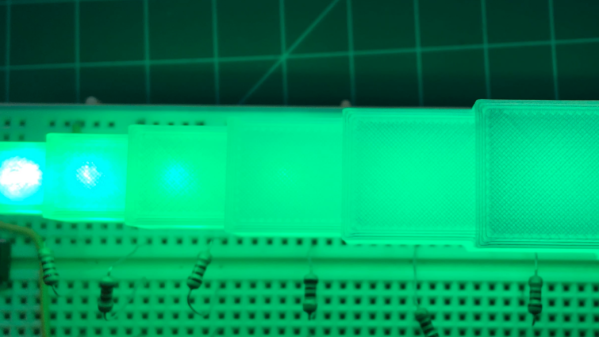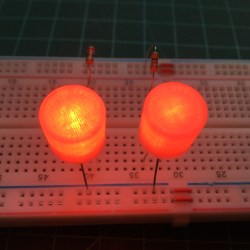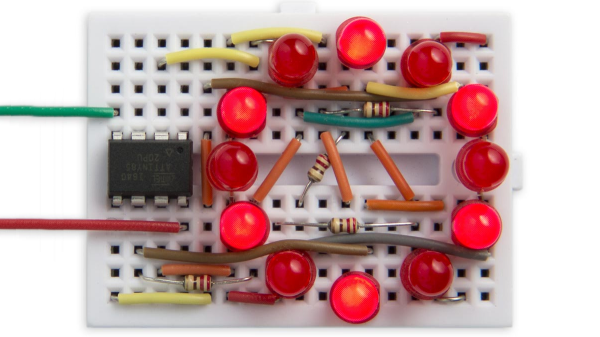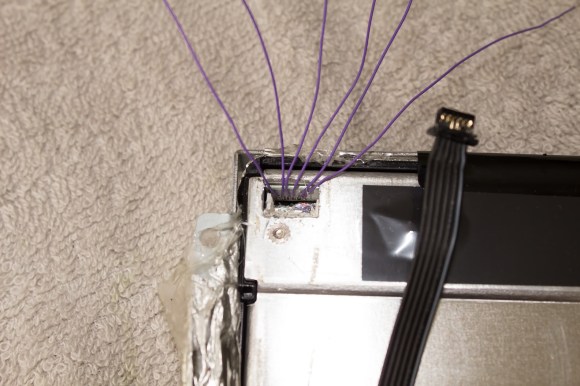Fundamentally, an artificial intelligence (AI) is nothing more than a system that takes a series of inputs, makes some prediction, and then outputs that information. Of course, the types of AI in the news right now can handle a huge number of inputs and need server farms’ worth of compute to generate outputs of various forms, but at a basic level, there’s no reason a purpose-built AI can’t run on much less powerful hardware. As a demonstration, and to win a bet with a friend, [mondal3011] got an artificial intelligence up and running on an Arduino.
This AI isn’t going to do anything as complex as generate images or write clunky preambles to every recipe on the Internet, but it is still a functional and useful piece of software. This one specifically handles the brightness of a single lamp, taking user input on acceptable brightness ranges in the room and outputting what it thinks the brightness of the lamp should be to match the user’s preferences. [mondal3011] also builds a set of training data for the AI to learn from, taking the lamp to various places around the house and letting it figure out where to set the brightness on its own. The training data is run through a linear regression model in Python which generates the function that the Arduino needs to automatically operate the lamp.
Although this isn’t the most complex model, it does go a long way to demonstrating the basic principles of using artificial intelligence to build a useful and working model, and then taking that model into the real world. Note also that the model is generated on a more powerful computer before being ported over to the microcontroller platform. But that’s all par for the course in AI and machine learning. If you’re looking to take a step up from here, we’d recommend this robot that uses neural networks to learn how to walk.















